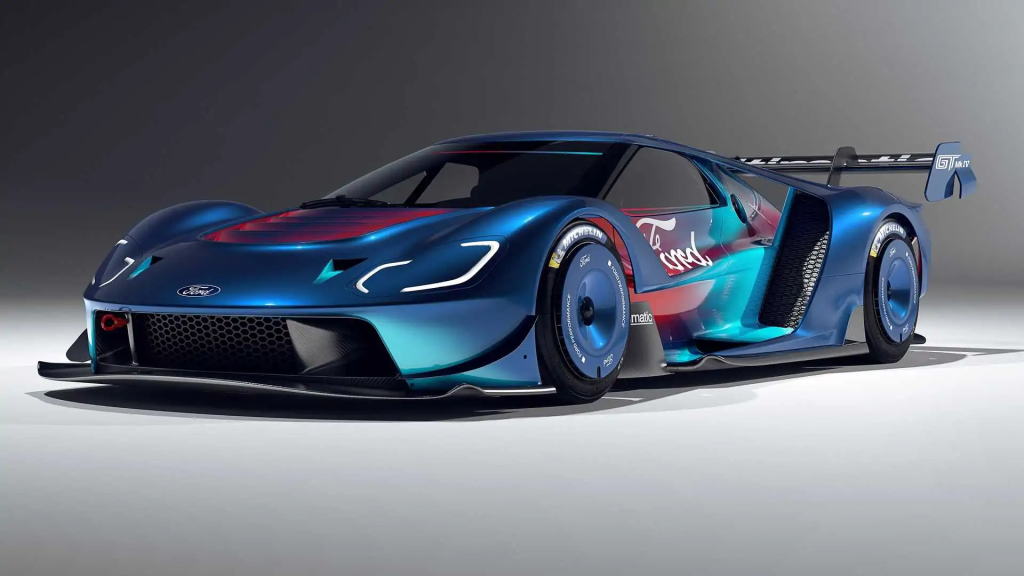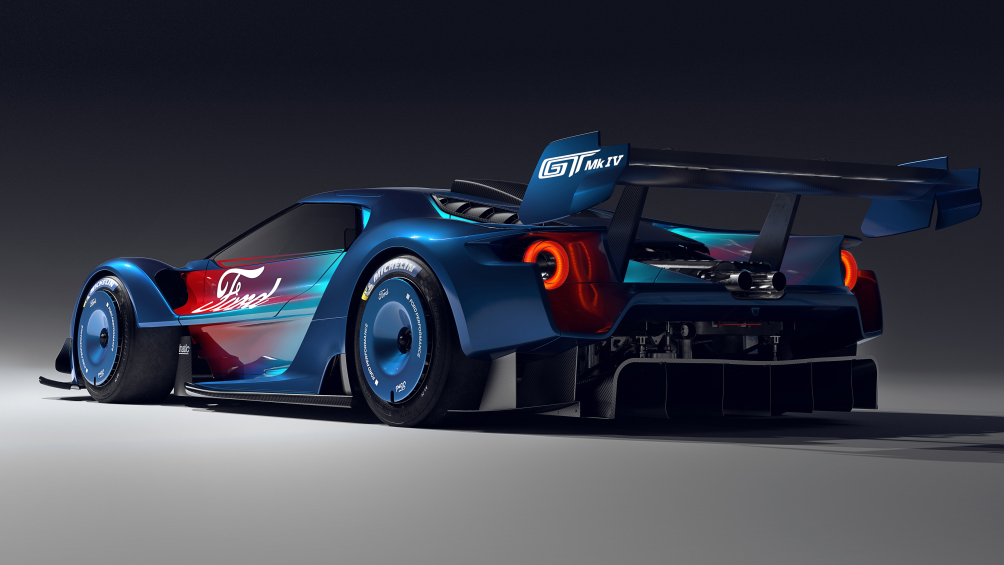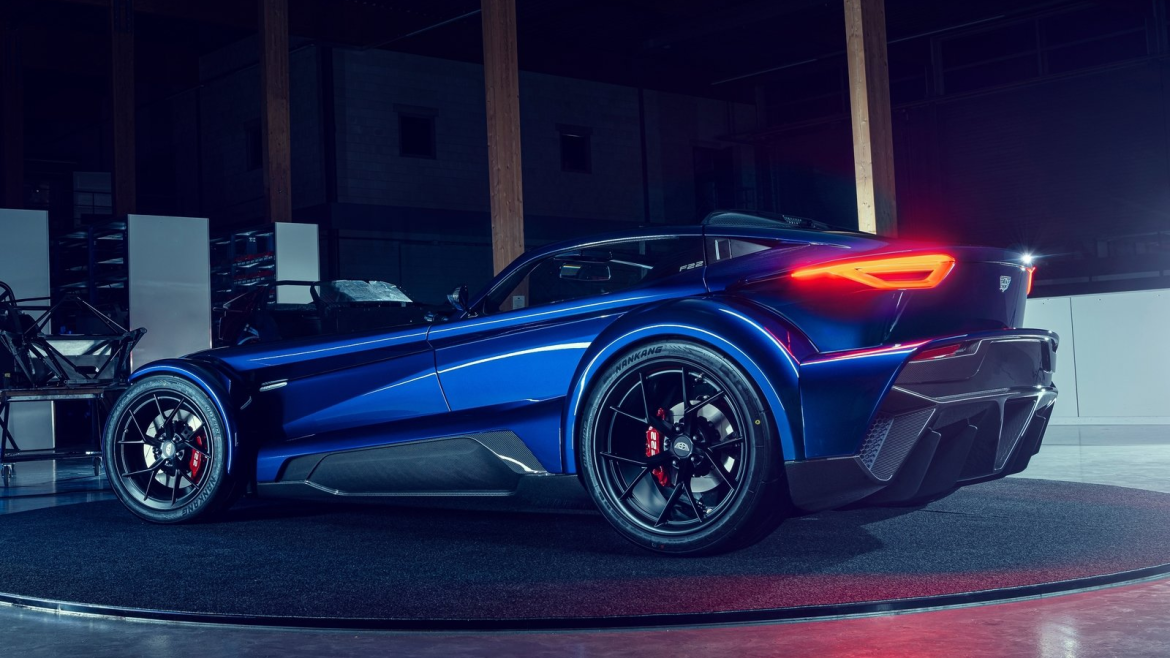Here we are again with more automotive news to share. For the last two weeks, a few anticipated models are unveiled, namely Donkervoort’s all-new production lightweight sports car F22 and Ford’s next generation Ford GT racer. Apart from the new models, Mazda is back on headlines with their new VVT technology to be used in new rotaries. Let’s waste time no more and dig deep into the news of this week!

Donkervoort’s new lightweight weapon, the F22
The Dutch lightweight track toy manufacturer Donkervoort has finally revealed their new project after years of development on an all-new model, named F22. Design led by Donkervoort Technical Director Jordi Wiersma, Managing Director Denis Donkervoort and Design Director Europe of Ford, Amko Leenarts, the name of the model certainly sounds like what a fighter plane would use, and it’s clearly justified as the F22 is unlike any other Donkervoort made before. Succeeding the D8 GTO that came out more than ten years ago, Donkervoort’s new beast sets the standards higher for lightweight sports cars. With its all-new design that conjoins the original Donkervoort models like the S8 and futuristic angular looks that propel the brand forward, the F22 redefines what a Dutch madness should look like, up to par with Van Gogh even. Not only the styling is refreshed, the interior, larger than its predecessors, is also given a present day touch with a big infotainment system and digital gauges. The driver will surely be more focused with new Recaro seats six point harnesses. Apart from the additions, the interior is further lightened with a carbon fiber dashboard and a rather funky gear lever completes the look. Now that we have done an introduction, here comes the specifications that Donkervoort fans have waited for weeks.

The F22 arrives with an astonishing power output of 500 HP from its turbocharged inline-5 engine, which makes it the most powerful Donkervoort to date. The powerful engine is connected to a 5-speed manual gearbox equipped with new Torsen differential, allowing the car to have a top speed of 290 km/h (180 mph). Even though its 0 to 60 figure is not revealed yet , it’s safe to guess that it will be around 2.5 seconds. The most impressive part of it, however, is its weight. In traditional Donkervoort fashion, it weighs only a bit heavier than a feather, chucking out 750 kg (1653 lbs) which is an astonishing success and makes it the new lightest two-seater sports car in the world right now. The amazing power-to-weight ratio challenges the most powerful cars in the world with its neck-breaking capability of 2.15G of lateral acceleration. The snake-skin body is achieved through what Donkervoort calls Ex-Core, an accidentally discovered technology combining foam with carbon fibre, resulting in a lighter and more durable bodywork. According to the brand, the technology took almost a decade to be experimented on and work properly. The F22, then, is a proof that they finally cracked their code. Only 75 units will be made and sold worldwide with an European price tag of €245,000 which is quite a lot, but the exclusivity and driving experience it brings will surely be worth it. We will keep more eye on the F22 as the time goes on and see how it fares with the big boys.

All-new 2023 Ford GT MkIV is A Track Conqueror
Ford unveiled their new glorious looking Ford GT MkIV as a track-only supercar that’s the most powerful and wildest looking GT to date. With almost 60 years of legacy since the first track racer GT, the new track toy is certainly the best a GT could be with its wilder design and aerodynamics. Hinted by Ford themselves as the final GT model, only 67 copies will be made by hand and like a Senna GTR, it will be exclusive to race tracks. The whole design of the body is striking yet functional, from the vents on the bonnet and the enormous air intake on the side of the car to the roof scoop on the roof providing cooling to the busy engine in the middle. A longer wheelbase provides more grip. The huge wing provide more downforce than 50 fridges stacked on top of each other and Ford kept the twin-exhausts in the middle with a gigantic diffuser on the rear for the fastest laps ever on any track. The rim covers on the slick tires provide even more aerodynamics. Here are the power figures for what might be the final iteration of the legendary GT model.

Even though the most performance figures are not revealed yet, the GT MkIV is powered by an all-new exclusive twin-turbo EcoBoost engine producing around 800 HP. No top speed or acceleration figures are out, but our guesses say it will accelerate from 0 to 60 in around 2.6-2.8 seconds to a top speed of around at least 300-305 km/h (186-192 mph). Ford will eventually reveal the figures with time and we will keep you updated once we get around more info. Besides the engine, Multimatic’s Adaptive Spool Valve (ASV) suspension system is used to tackle the hairpins of the tracks around the world. Once again, Ford hasn’t revealed anything about the gearbox, but we’re hoping it has a race-spec sequential gearbox. However, we know that McLaren used 7-speed twin clutch on their track toy Senna GTR, so nothing is for certain at the moment. All we can say at the moment is that the new GT looks stunning, pays great homage to its past Le Mans successes and reaches the peak of what a Ford GT can, and should be.

The Rotary is Back, and Further Enhanced
When Mazda announced the return of the renowned Wankel rotary engine as a range extender for their new MX-30 EV crossover, the automotive world rejoiced as the iconic but dead engine made its return as a sidekick for the EV powertrain. Recently, Mazda’s been working on improving the efficiency of the rotary engine with a new variable valve timing (VVT) technology for the range extender dorito. This is done by implementing a dual-intake port layout. The tip of the rotor passes the primary port first, then the secondary port further into its rotation. This process allows more air into the engine, resulting in a higher power gain when in need. To stop the interference of the second port in low-speed efficiency, a throttle valve is used to offset the power loss. An auxillary electric engine is used as a support for the assisting rotary engine as well, this confusing and complex system optimizes the rotary engine to be on the run, prolonging or shortening the intake stroke. In layman’s terms, an electric engine supports the rotary engine to optimize it, and provides a smooth and seamless driving experience driven with an electric motor working in tandem with what the legendary 787B shattered ears of the fans with.

Mazda’s commitment to rotary engines are worth a praise, the new technology to make this infamously unreliable engine layout into a reliable part of the powertrain gives us the hope that rotary engines can still live until all internal-combustion engines cease to exist. We’re also hoping to see one last sports car powered by a rotary engine to succeed the RX-7 and RX-8 with the same amount of glory and fame. But for now, the rotary engine lives on with its minor role.




